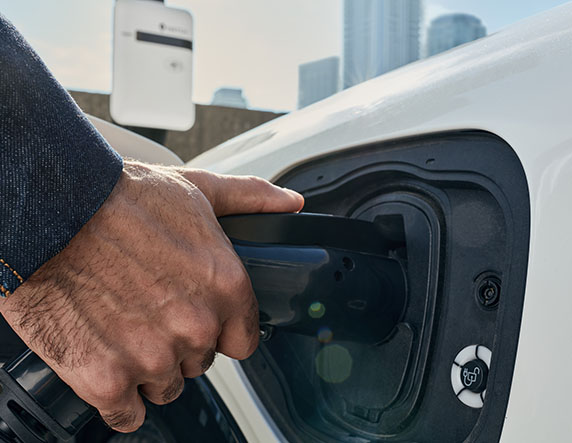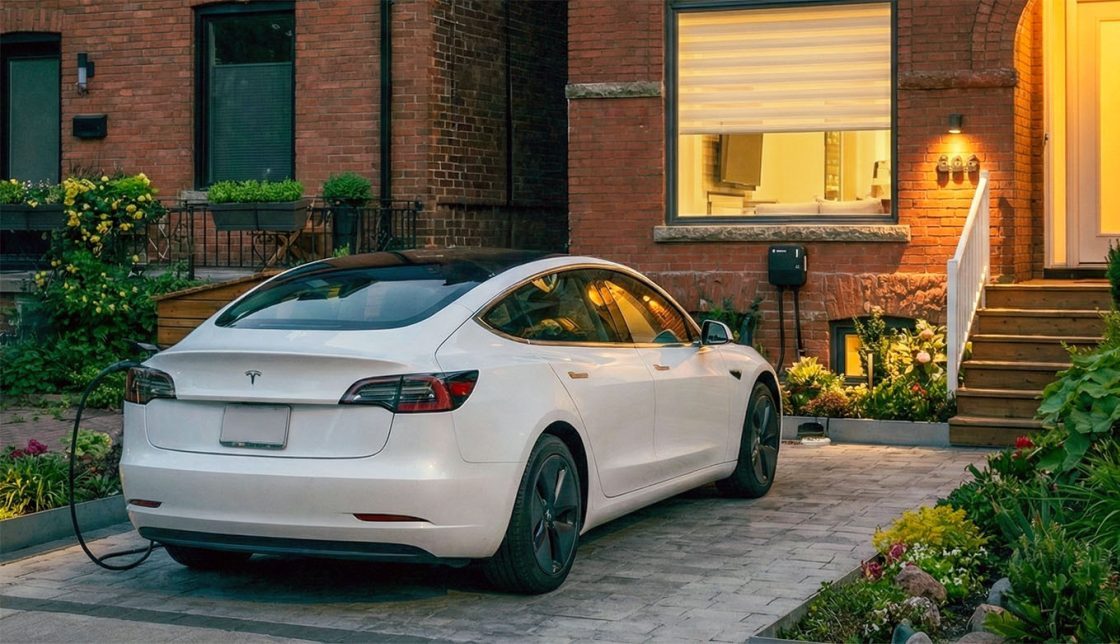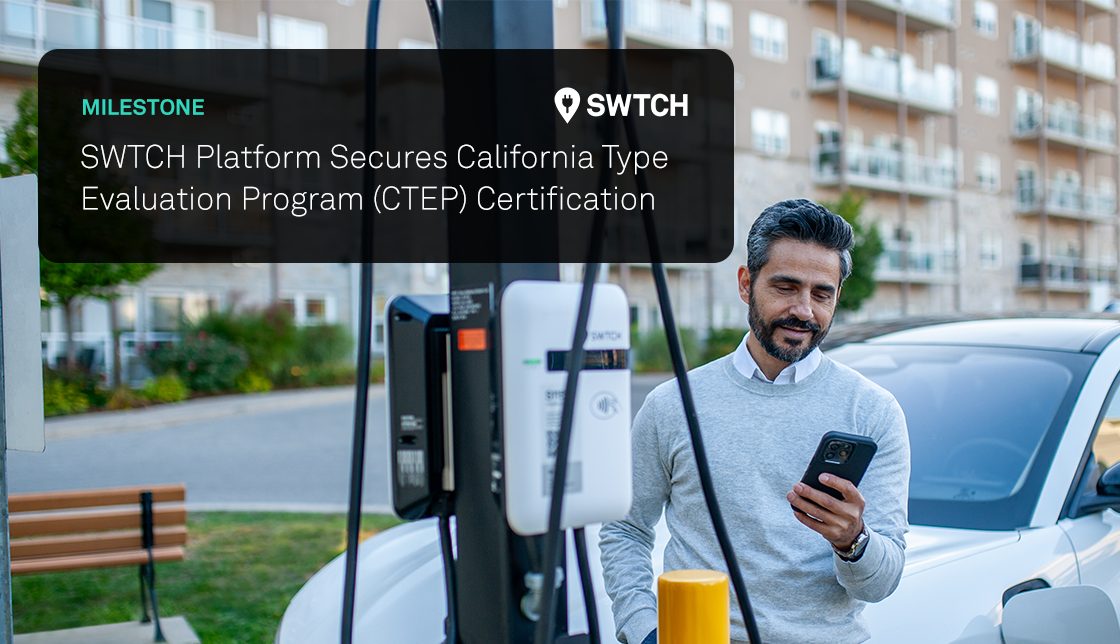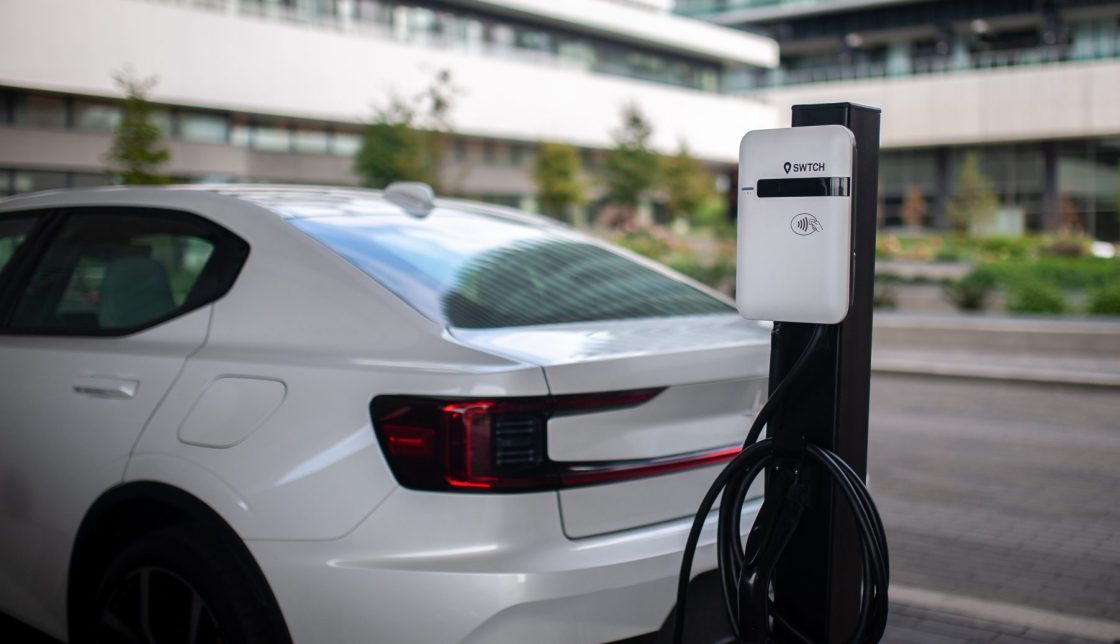What you need to know about the Juicebox shutdown & how SWTCH can help
With Enel X Way & JuiceBox’s shutdown looming, we’ve spent a lot of time considering the best possible pathways and outcomes for JuiceBox customers.
Through years of working with engineers from the Juicebox team, many discussions with past and current Enel X customers in the past week, and our own internal testing results in exploring how JuiceBox hardware operates with other software platforms, we came to this conclusion:
A migration of JuiceBox hardware to a new software platform will likely limit both the capabilities of your charging stations and your ability to shift to a different software platform later on.
If you would like to skip down to what SWTCH can offer you as a replacement solution, click here.
Otherwise, here’s a look at what happened, what we know about the technology behind JuiceBox, and what we believe will be the best pathway for most JuiceBox customers.
What happened? Enel X Way is shutting down in North America
On October 2, Enel X Way announced that it was shutting down its North American business on October 11, at which time its JuiceBox charger line will no longer function as they used to.
What does that mean? JuiceBox chargers will stop working
As of October 11, Enel X Way software will be discontinued, and commercial JuiceBox charging stations will lose all functionality. Residential charging stations will only retain the ability to charge vehicles but will lose all smart charging functions.
Enel X Way customer support is no longer available.
Can the charging stations be migrated?
Because JuiceBox charging stations are a closed system and do not fully support the Open Charge Point Protocol, it is very difficult to migrate their hardware to a new EV charging network or software solution.
Migration requires gaining access to the Enel X Way platform to remotely update the firmware on each individual charger to an OCPP-compatible version. This will require a reboot of the charger, and in the event that the charger cannot be restarted remotely, a site visit will be required to manually reboot the device. We expect that this will be the case for a good number of JuiceBox chargers.
Once this is done, each charging station can have its OCPP URL pointed to that of the new charging network that the charger will be connected to. This step must be completed remotely.
The firmware required for this process was a research and development product and was never intended for mass deployment. It is unclear whether this firmware will work with all models and software versions of JuiceBox charging stations.
To migrate a large number of charging stations over via this process may be quite costly and time-consuming, and it may not be possible past the October 11 deadline set by Enel X Way.
Will migrated charging stations work the way they did before?
Unfortunately, migrating JuiceBox charging stations to any new platform will result in a loss of functionality.
The best that our research has found is that it seems that it may be possible for charging stations to charge vehicles and to be able to bill drivers for their charging sessions.
Any more advanced charging features, such as support for load balancing/load management or other smart charging functionality, will be lost with such a migration.
What are my options?
There are two broad options available to you today: migrating your chargers to a new platform or replacing the hardware altogether.
Option 1:
|
Option 2:
|
|
| Lets you keep your existing hardware | No | |
| Allows basic charging and billing services | ||
| Provides basic transaction reporting | ||
| Allows for ongoing hardware support | No | |
| Full diagnostic and troubleshooting capabilities | No | |
| Supports load management & demand response capabilities | No | |
| Can be completed fully remotely | No | No |
Option 1: Try to migrate your charging stations to a new platform, resulting in limited functionality
If you can complete a migration of your JuiceBox chargers over to a new platform, you may be able to keep using your existing charging station hardware.
There will be drawbacks, though.
Loss of functionality
As mentioned above, migrated charging stations will retain only basic functionality. Anything more advanced will cease to function.
If you really need technologies like load management or the ability to participate in utility demand response programs, keeping your JuiceBox chargers will not be a viable option.
Limited diagnostic capabilities
On a related note, JuiceBox stations on a new charging network will likely have limited or no access to diagnostic data for troubleshooting.
In other words, when something goes wrong, it will be very difficult to understand what happened. A full replacement of the charging station will likely be required.
Limited or no hardware support
Even if you know what the problem is when a charging station needs servicing, it will become more difficult—at times, perhaps impossible—to find the parts required to fix the problem. It is possible, arguably likely, that you would go to the trouble and expense of migrating these charging stations today only to find yourself needing to replace them in a couple of years simply because you are unable to repair them.
Migration could cost more than replacing the hardware altogether
In order to migrate JuiceBox charging stations, each individual unit will need to be reprogrammed to connect with a new charging network. To replace several units would take quite a few hours of costly labor.
There will also be additional needs that could include replacing onsite signage, replacing stickers on charging stations, communicating any new charging process with regular users, etc. All of these come with their own associated costs and time commitments.
And at the end of the day, even with all this work, the charging experience may prove to be disrupted or permanently worse for the drivers who rely on your stations.
Option 2: Save time, money, and stress by switching the charging station and network asap
The last thing you want to do is accept the costs and compromises associated with migrating your JuiceBox chargers to a new network only to run into challenges that force you to replace the hardware anyway.
Here are some of the reasons why outright replacing your charging stations today is likely the better choice.
Over time, it will likely be cheaper to replace JuiceBox chargers than to migrate them when accounting for the onsite visit and maintenance costs
Migrating JuiceBox chargers to a new platform will take a substantial amount of time, and the likelihood is that future maintenance needs will be made more complicated by the fact that JuiceBox chargers are no longer sold or officially maintained.
Though it might be less expensive to migrate your existing chargers to a new platform today, it’s almost certain that this will become much more expensive than simply migrating to new charging hardware today.
And with the right offer (see below for what SWTCH can do for you), the costs of acquiring new charging hardware can be very reasonable, so you don’t have to deal with sticker shock when purchasing several new charging stations.
Choosing to replace gives you time to evaluate new providers
If you want to migrate your JuiceBox chargers over to a new network, you will have to make a decision quickly, as the clock is ticking on how much longer Enel X will support JuiceBox on its servers. Once you do migrate to a new provider, you will be required to be locked in for 1-5 years of service with them. That’s just not enough time to make a decision with any certainty that you’re making the best call.
By choosing to replace the hardware, you may have to go a few days without functioning EV chargers, but you’ll gain confidence that your newly chosen solution will serve you well in the years ahead.
Get the full charging functionality you want and need
Where migrating JuiceBox chargers to a new network will result in some features no longer working, replacing the charging hardware altogether will ensure you don’t have to compromise.
This is especially valuable for technologies like load management, which can help constrain energy consumption to fit the infrastructure and needs of a given property.
Retain proper diagnostic info, access to support, and everything else you’ll need for your charging stations to work well into the future
By partnering with the right new provider, you’ll ensure that issues with your charging stations can be diagnosed properly through normal functions that JuiceBox chargers are about to lose.
You’ll also have proper access to support teams and customer success teams to ensure any issues are addressed quickly and that your team is always empowered to get the most value possible out of your EV charging offering.
You can replace your chargers with an open solution and never have this problem again
One of the reasons why this situation with JuiceBox is so painful is because the platform itself is not open.
By adopting a solution that is Open Charge Point Protocol (OCPP)-certified, you will ensure that no matter what happens in the future—your new software platform or charging network goes out of business, the hardware you use isn’t manufactured, etc.—you can easily adopt a replacement solution and have full confidence that all the features you need—and originally purchased—will continue to work.
A special offer from SWTCH for JuiceBox customers
If you are interested in replacing your Juicebox chargers with a fully-featured charging solution that is OCPP-certified, SWTCH has put together a couple of special offers for you.
These offers will help keep your costs for transitioning to SWTCH to a minimum while providing you with an exceptional charging solution once the switch is complete.
Pathway 1: Purchase new chargers at a discounted rate
If you would like to pay for new charging hardware outright, SWTCH is offering Enel X customers our best pricing on our most popular charger brands.
We are also offering one year of network services free of charge to further ease your transition.
Get in touch with SWTCH about charger discounts
Pathway 2: Charging-as-a-service
For properties with:
- Minimum four chargers on location
- And with charging services that currently function
SWTCH can offer chargers at the cost of $95 USD/$110 CAD per month for each charger, paid over a period of five years.
This fee includes all costs associated with:
- Removing existing chargers
- New charger hardware with 5 year warranty
- Communications hardware to connect the chargers to the SWTCH network
- An ongoing maintenance plan
Get in touch with SWTCH about charging-as-a-service
Pathway 3: Own & operate
Together with our third-party financial partners, SWTCH can offer an own & operate model.
With this option, all capital and operational costs will be covered by SWTCH and its partners, recouped through EV charger utilization over time.
Different eligibility criteria exist for different property types.
If you’re interested in learning more about any of these options, please reach out to us! We’ll be happy to discuss.
Are you affected by the Enel X shutdown of JuiceBox EV Chargers?
If you have been affected by the recent Enel X Way shutdown announcement and discontinued support for JuiceBox chargers, get in touch to discuss how SWTCH can help.






